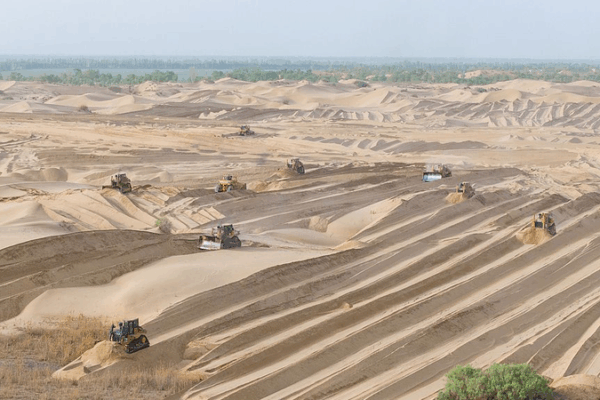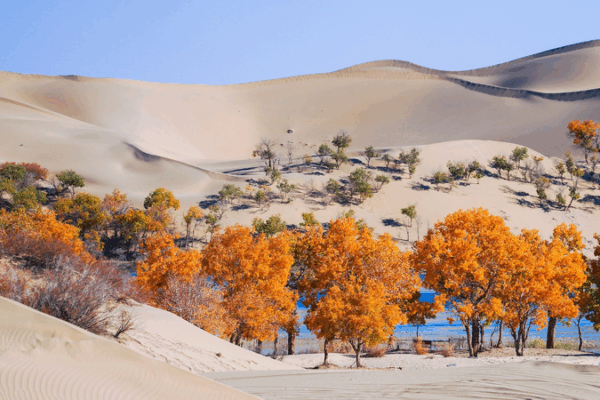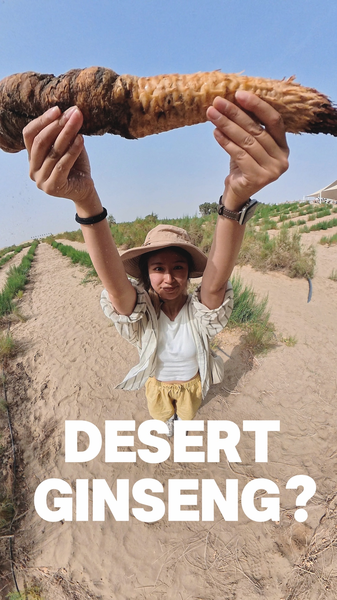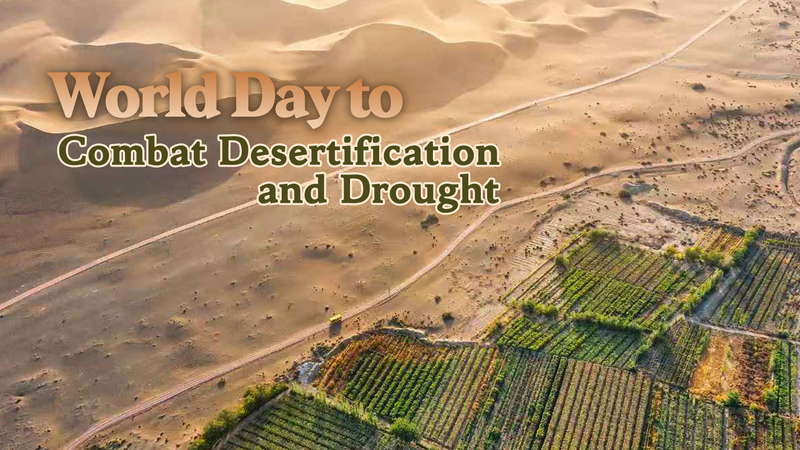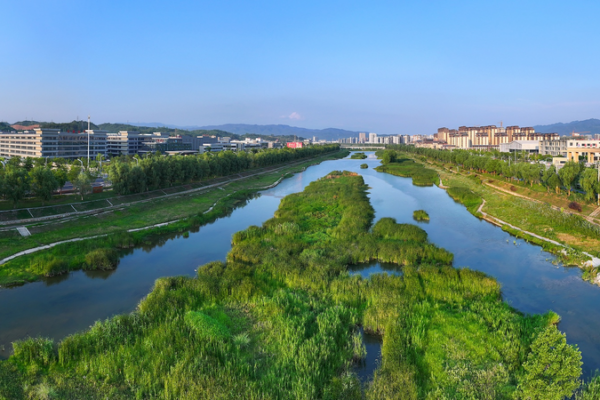
Chinese Mainland Eyes International Collaboration in Draft Environmental Code
China’s draft environmental code proposes boosting international cooperation on marine protection, deep-sea and polar research, and desertification control to tackle global ecological challenges.

